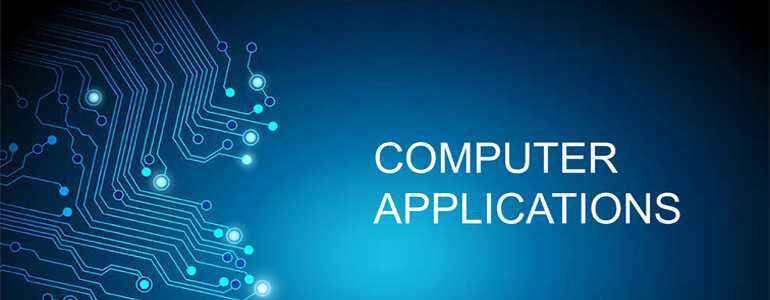Computers have evolved from simple calculating devices to powerful machines that influence every aspect of modern life. This chapter explores the core concepts of computing, including the history of computers from early mechanical calculators to current-day systems, basic computer architecture, and the fundamental principles of data processing. Students will learn about binary representation, basic logic operations, and how computers execute instructions at the most fundamental level.
Chapter 1: Fundamentals of Computer
Introduction
A computer is an electronic device that processes data according to a set of instructions. It can store, retrieve, and process data with remarkable speed and accuracy.
Evolution of Computers
- First Generation (1940-1956): Used vacuum tubes, were enormous in size, generated heat, and had limited programming capabilities.
- Second Generation (1956-1963): Used transistors, were smaller, more reliable, and generated less heat.
- Third Generation (1964-1971): Used integrated circuits (ICs), further reduced size and increased reliability.
- Fourth Generation (1971-Present): Used microprocessors, personal computers emerged during this era.
- Fifth Generation (Present and Beyond): Based on artificial intelligence, quantum computing, and parallel processing.
Characteristics of Computers
- Speed: Performs millions/billions of operations per second.
- Accuracy: Results are precise and error-free if input and instructions are correct.
- Storage: Can store vast amounts of data for future use.
- Versatility: Can perform multiple types of tasks.
- Automation: Works with minimal human intervention once programmed.
- Diligence: Can work continuously without getting tired.
Classification of Computers
- Based on Purpose:
- General Purpose: Used for various applications (e.g., personal computers)
- Special Purpose: Designed for specific tasks (e.g., weather forecasting systems)
- Based on Size and Capacity:
- Microcomputers: Personal computers, laptops, tablets
- Minicomputers: Mid-range computers for small businesses
- Mainframes: Large computers for big organizations
- Supercomputers: Most powerful computers for complex calculations
Computer Organization
The basic computer organization follows the von Neumann architecture with five main components:
- Input Unit: Accepts data and instructions
- Memory Unit: Stores data and instructions
- Control Unit: Directs and coordinates operations
- Arithmetic Logic Unit: Performs calculations and logical operations
- Output Unit: Displays or prints results
Basic Operations
- Input: Data is entered into the computer
- Processing: The CPU manipulates data according to instructions
- Output: Results are displayed or stored
- Storage: Data is saved for future use
Memory Units
- Bit: Smallest unit (0 or 1)
- Byte: 8 bits (represents one character)
- Kilobyte (KB): 1,024 bytes
- Megabyte (MB): 1,024 KB
- Gigabyte (GB): 1,024 MB
- Terabyte (TB): 1,024 GB
- Petabyte (PB): 1,024 TB
Understanding these fundamentals provides a foundation for learning more advanced computer concepts and applications in the modern digital world.
Complete Chapter-wise Hsslive Plus One Computer Application Notes
Our HSSLive Plus One Computer Application Notes cover all chapters with key focus areas to help you organize your study effectively:
- Chapter 1 Fundamentals of Computer
- Chapter 2 Components of the Computer System
- Chapter 3 Principles of Programming and Problem Solving
- Chapter 4 Getting Started with C++
- Chapter 5 Data Types and Operators
- Chapter 6 Introduction to Programming
- Chapter 7 Control Statements
- Chapter 8 Computer Networks
- Chapter 9 Internet
- Chapter 10 IT Applications
